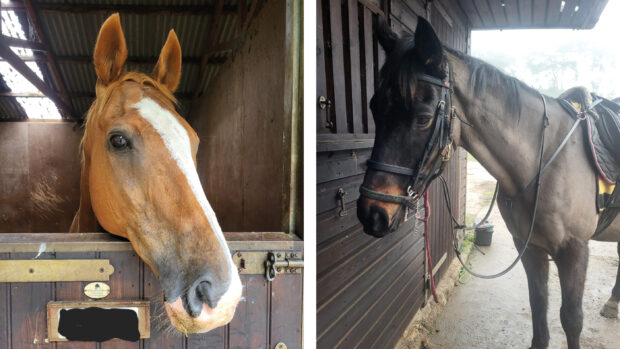Experts are warning owners to take steps now to minimise the risks of atypical myopathy after conditions have created “the perfect storm”.
The British Equine Veterinary Association (BEVA) has said that bare pastures, potential hay shortages and transatlantic storms are to blame for the increased risk.
The cause of the disease is the toxin hypoglyxin A, which is found in the sycamore tree. The tree’s helicopter shaped fruit can distribute the seeds up to 4km with high winds causing more seeds to fall over a short duration of time.
BEVA member Adam Redpath said: “Horses do not typically choose to eat sycamore seeds, however when pastures are bare, there is a greater tendency for them to be ingested as horses are foraging for every last blade of grass.”
BEVA said a range of factors affect the amount of toxin found in sycamore seeds, meaning the ‘toxic dose’ can vary from less than 100 to several thousand seeds. It is urging owners to take early steps to prevent the disease by limiting access to any area containing sycamore seeds.
Owners should identify trees in grazing fields, as well as in close proximity, and collect seeds or exclude horses from affected areas. It is recommend that supplementary hay is fed to prevent horses from inadvertently grazing on seeds, but owners should ensure that hay has not been contaminated by seeds.
The disease can occur up to four days after exposure and typical signs include passing dark urine, reluctance to move, lying down and colic-like symptoms.
BEVA said in some horses the severity of muscle pain leads to euthanasia on welfare grounds.
Mr Redpath said: “Early veterinary intervention is essential to achieve a favourable outcome. You should contact your vet immediately if you spot any of the signs. Check your fields for sycamore seeds as this will help your vet to make a rapid diagnosis. Specific blood tests have been developed to both measure exposure to the toxin and to make a diagnosis, thanks to research funding from The Horse Trust.”

Atypical myopathy: what you need to know right now to keep your horses safe

Sycamore seedlings — what’s the risk to my horse and how do I get rid of them?

How to protect horses from atypical myopathy
For all the latest news analysis, competition reports, interviews, features and much more, don’t miss Horse & Hound magazine, on sale every Thursday.



